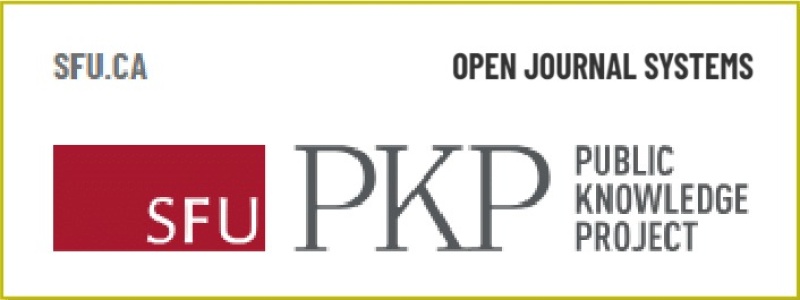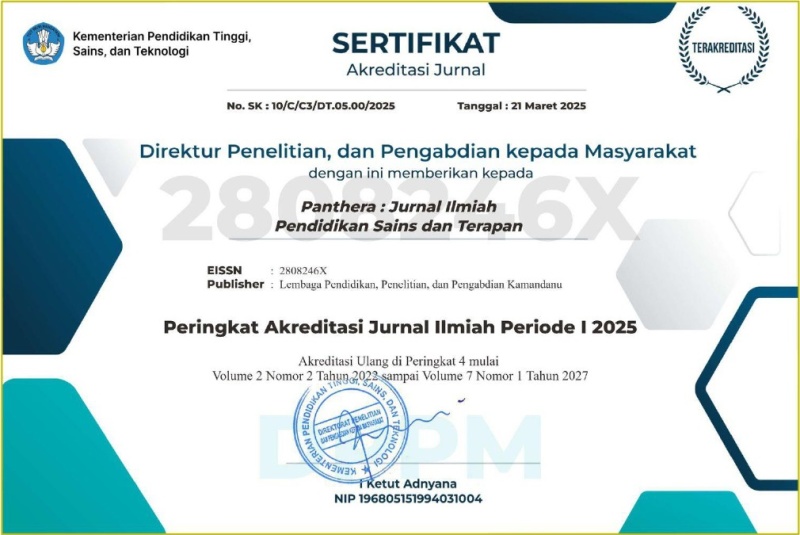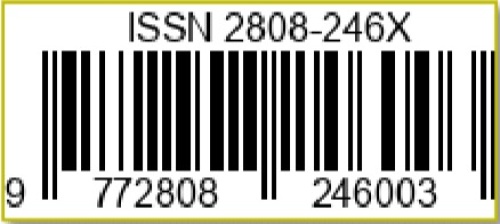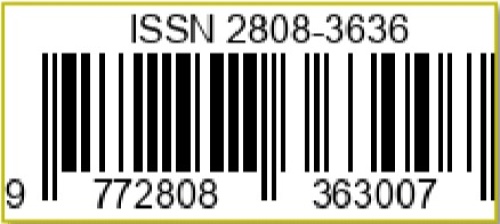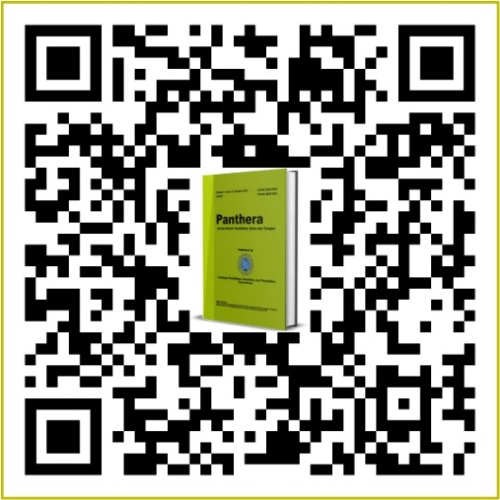Khasiat Ekstrak Etanol Teh Hijau terhadap Pseudomonas aeruginosa
DOI:
https://doi.org/10.36312/pjipst.v2i4.125Keywords:
Pseudomonas aeruginosa, Maceration, Disc Method, Ethanol Extract.Abstract
Research about green tea ethanol extract efficacy against Pseudomonas aeruginosa has been finished. The green tea leaves were sourced from Agro Wonosari Tea Plantation, Malang Regency, East Java Province, Indonesia. Green tea leaves extract was obtained by maceration technique in which green tea leaves were soaked with ethanol 96% for 24 hours. After that, the filtrate was concentrated to be thick extract with no liquid content again. After that, the concentrated extract was made by 5%, 10% and 15% as extract variations. The efficacy of green tea ethanol extract against Pseudomonas aeruginosa was signed by increasing the inhibitory diameter that using disc method, in which the distilled water was used as negative blank. The results obtained for blanks, 5%, 10% and 15% extracts were 0; 1.85; 2.9 and 4.45 mm. The conclusion of this study is that the concentration of the extract is increasing proportionally to its inhibitory power, the higher of extract concentration is higher of its inhibitory activity against Pseudomonas aeruginosa. The conclusion described the green tea ethanol extract was effective to be antibacterial agent against Pseudomonas aeruginosa.
Downloads
References
Anjarsari, I. R. D. (2016). Katekin Teh Indonesia: Prospek dan Manfaatnya. Jurnal Kultivasi, 15(2), 99-106. https://doi.org/10.24198/kultivasi.v15i2.11871
Bae, J., Kim, N., Shin, Y., Kim, S. Y., & Kim, Y. J. (2020). Activity of Catechins and Their Applications. Biomedical Dermatology, 4(1), 1-10. https://doi.org/10.1186/s41702-020-0057-8
Fahmi, A. (2020). Uji Aktivitas Antibakteri Ekstrak Metanol Daun Bawang Batak (Allium chinense G.) terhadap Streptococcus mutans dan Bacillus cereus sebagai Bakteri Gram Positif. BIOLINK: Jurnal Biologi Lingkungan Industri Kesehatan, 6(2), 138-145. https://doi.org/10.31289/biolink.v6i2.2814
Flayyih, M. T., Yousif, H. S., & Subhi, I. M. (2013). Antimicrobial Effects of Black Tea (Camellia sinensis) on Pseudomonas aeruginosa Isolated from Eye Infection. Iraqi Journal of Science, 54(2), 255-265.
Haytowitz, D. B., Wu, X., & Bhagwat, S. (2018). USDA Database for the Flavonoid Content of Selected Foods. Maryland: US Department of Agriculture Research Service.
Jeon, J., Kim, J. H., Lee, C. K., Oh, C. H., & Song, H. J. (2014). The Antimicrobial Activity of (-) Epigallocatehin 3 Gallate and Green Tea Extracts Against Pseudomonas aeruginosa and Escherichia coli Isolated from Skin Wounds. Annals of Dermatology, 26(5), 564-569. https://doi.org/10.5021/ad.2014.26.5.564
Kaewkod, T., Bovonsombut, S., & Tragoolpua, Y. (2019). Efficacy of Kombucha Obtained from Green, Oolong, and Black Teas on Inhibition of Pathogenic Bacteria, Antioxidation, and Toxicity on Colorectal Cancer Cell Line. Microorganisms, 7(12), 1-18. https://doi.org/10.3390/microorganisms7120700
Khan, N., & Mukhtar, H. (2013). Tea and Health: Studies in Humans. Current Pharmaceutical Design, 19(1), 1-14. https://doi.org/10.2174/1381612811319340008
Radji, M., Agustama, R. A., Elya, B., & Tjampakasari, C. R. (2013). Antimicrobial Activity of Green Tea Extract Against Isolates of Methicillin–Resistant Staphylococcus aureus and Multi–Drug Resistant Pseudomonas aeruginosa. Asian Pacific Journal of Tropical Biomedicine, 3(8), 663-667. https://doi.org/10.1016/S2221-1691(13)60133-1
Reygaert, W. C. (2018). Green Tea Catechins: Their Use in Treating and Preventing Infectious Diseases. BioMed Research International, 18(1), 1-9. https://doi.org/10.1155/2018/9105261
Taherpour, A., Hashemi, A., Erfanimanesh, S., & Taki, E. (2016). Efficacy of Methanolic Extract of Green and Black Teas Against Extended-Spectrum Beta-Lactamase-Producing Pseudomonas aeruginosa. Pak. J. Pharm. Sci., 29(4), 1257-1261.
Tao, M. K., Xu, M., Zhang, H., Chen, H., Liu, C., Zhu, H. T., Wang, D., Yang, C. R., & Zhang, Y. J. (2016). Methylenebisnicotiflorin: A Rare Methylene-Bridged Bisflavonoid Glycoside from Ripe Pu-Er Tea. Natural Product Research, 30(7), 776-782.
Xiong, L. G., Chen, Y. J., Tong, J. W., Huang, J. A., Li, J., Gong, Y. S., & Liu, Z. H. (2017). Tea Polyphenol Epigallocatechin Gallate Inhibits Escherichia coli by Increasing Endogenous Oxidative Stress. Food Chemistry, 217(1), 196-204. https://doi.org/10.1016/j.foodchem.2016.08.098
Zhou, J., Kong, C., Hou, X., Zhang, Z., & He, F. (2016). Green Tea Effects on the Levels of Serum Glucose and Lipid Profiles. American Journal of Medical Sciences and Medicine, 4(3), 59-62. https://doi.org/10.12691/ajmsm-4-3-3
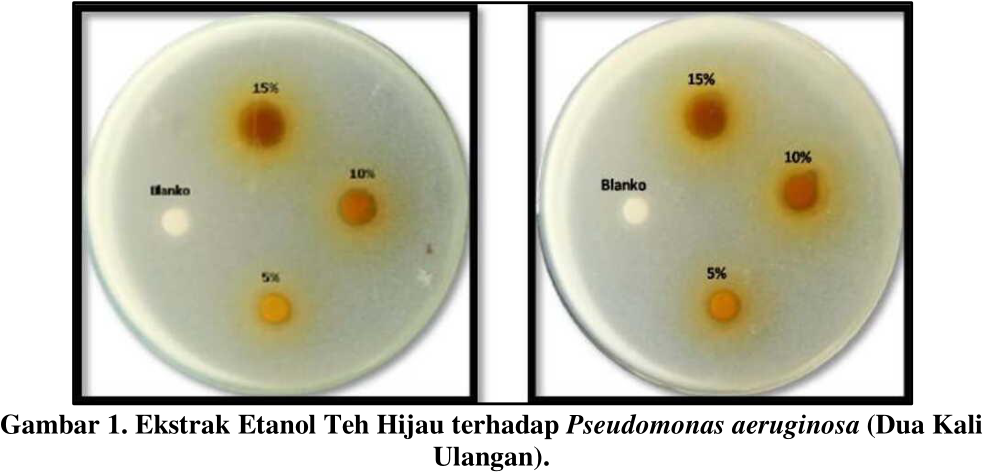
Downloads
Published
How to Cite
Issue
Section
License
Copyright (c) 2022 Nahdiah Zahra Fadila

This work is licensed under a Creative Commons Attribution-ShareAlike 4.0 International License.
-
Attribution — You must give appropriate credit, provide a link to the license, and indicate if changes were made. You may do so in any reasonable manner, but not in any way that suggests the licensor endorses you or your use.
-
ShareAlike — If you remix, transform, or build upon the material, you must distribute your contributions under the same license as the original.

